Transit Sector’s Use of Envision and LEED Is a Story of Co-Benefits
30-April-2025

Transit agencies continue to raise expectations for sustainability and resiliency both at the project and the agency level.
A Complementary Approach
Project teams and owners are increasingly relying on well-established sustainability frameworks with respected track records to shape their approach to planning, designing, and constructing infrastructure. The shift comes as climate change, ESG (Environmental, Social, and Governance), and growing public awareness drive a movement toward more sustainable capital project development.
The fact that most ratings systems are applied with the intent to achieve similar outcomes can bring about the misconception that these systems are in competition with one another. However, ISI’s experience shows the opposite. These frameworks can be used simultaneously to work towards related overarching sustainability, resiliency, and equity goals, with application to different project components, as appropriate.
Transit agencies continue to raise expectations for sustainability and resiliency both at the project and the agency level. The drive toward continuous improvement for sustainability in the transit sector has led to an increasing use of two major rating systems: Envision and LEED. The Envision Sustainable Infrastructure Framework, developed by the Institute for Sustainable Infrastructure (ISI), focuses on infrastructure sustainability, while LEED, developed by the U.S. Green Building Council (USGBC), focuses buildings and indoor spaces. Together, the two frameworks address complementary aspects of our built environment with a goal to improve the overall sustainability and resiliency of our communities.
Envision and LEED provide comprehensive assessment toolset
When considering which sustainability framework could be most beneficial, project teams should consider the full range of project elements. For transit projects, this often involves both infrastructure, such as tracks, rail alignment and communications systems, and human occupied spaces, such as transit stations and maintenance facilities.
Due to this range of components, a broad trend seen over the past several years is the application of more than one sustainability rating system to drive stronger environmental, social, and economic outcomes in transit projects, including for light rail, streetcar, and bus rapid transit (BRT) systems.
To better understand where synergies lie between LEED and Envision, ISI recently compiled a high-level comparison showing Envision credits that include similar components as those outlined in LEED credit requirements and vice versa. View the comparison here.
LEED has also published a Transit User Guide for design and construction with guidance that applies only to transit, with the intent to certify individual transit stations. The LEED Building Design and Construction (BD+C) Transit Stations rating system, developed in partnership with industry experts, tests LEED adaptations for newly constructed transit stations, helping to make the transit sector more sustainable. While still in a pilot phase, this system offers valuable insights into the growing trend of applying building-focused sustainability measures to transit environments.
When projects do not fit neatly into either the building or infrastructure sector, it makes sense for project teams to employ multiple frameworks simultaneously to more holistically guide sustainability decisions. Many transit projects are leveraging both Envision and LEED to maximize sustainability benefits. Alignment between systems can mean the activities outlined in one can often support the other. When a project includes both building and infrastructure elements, concurrent use of frameworks provides compounding benefits such as:
- Big picture and detail – Project teams can maximize both diverse viewpoints that expand sustainability conversations and more specific criteria focused on particular project areas.
- Transferability – Project team members and stakeholders can apply concepts learned from one system to project components ‘covered’ by the other system.
- Efficiencies – Documentation efforts can be streamlined for concepts that are included in both frameworks.
- New perspectives – Using multiple frameworks expands the team that is discussing sustainability, bringing new perspectives and ideas to each conversation.
- Working toward the mission – When promoting the project’s success, the reach of rating systems is multiplied, amplifying the shared mission to build a more sustainable world.
Example: The Kansas City Streetcar project located in Kansas City, Missouri, was awarded Envision Platinum (v2) in 2016, and a significant component of the project – the vehicle maintenance facility – previously earned LEED Gold (BD+C v3) in 2009. While the LEED certification specifically recognized the maintenance facility (Singleton Yard) for its use of recycled materials and diversion of construction waste from landfills, the Envision Award verified the project’s integration of sustainability throughout planning and design for the entire project – including the streetcar tracks, vehicles, signalling and communications, station amenities, and landscaping in addition to the maintenance facility. The Envision Award comprehensively celebrates the project team’s leadership in providing sustainable transportation to meet future demand, establishing strong processes for long-term community engagement, and prioritizing economic development for the city. Together, the Envision and LEED sustainability achievements show how the two systems can work synergistically to develop more sustainable projects within the built environment of our communities.
Example: The Downtown Redmond Link Extension project in Redmond, Washington was awarded Envision Platinum (v3) in 2022, and its Operations and Maintenance Facility East (OMF East) was LEED Gold certified (BD+C v4) in 2021. The project extends the existing light rail system (which runs on 100% carbon-free electricity) to previously underserved communities, providing new connections to other sustainable, high-capacity transportation options such as trains, ferries, buses, monorails, and streetcars. The Envision Award comprehensively recognized the planning and design of the entire project – including the 3.4-mile extension with new surface and elevated guideway structure, new stations, a parking garage, and associated utility, drainage, environmental, and roadway improvements. The award highlighted the project team’s efforts to reclaim brownfields, enhance and restore adjacent wetlands, and empower the surrounding community to participate in the project through meaningful stakeholder engagement. This engagement ultimately informed the final design of the station plazas, the public amenities, and the connected pedestrian and bike trails. The LEED certification highlights the sustainability achievements of the new OMF East, a critical facility that supports this project and future expansion by providing inspection, service, maintenance, storage, and deployment for up to 96 light rail vehicles. The LEED certification highlights the facility’s water capture and reuse system, energy-efficient mechanical systems, solar panels, sustainable materials, and construction waste diversion efforts. The Downtown Redmond Link Extension demonstrates how project teams might use both Envision and LEED across the same project to maximize complementary sustainability outcomes.
The Rising Importance of Sustainability Credentials
As the demand for sustainable transit infrastructure grows, so does the need for professionals who understand multiple rating systems. Many professionals across disciplines—civil engineers, planners, project managers, construction professionals, and architects—hold both the LEED AP(LEED Accredited Professional) and ENV SP (Envision Sustainability Professional) credentials. This dual expertise allows them to apply both frameworks in a way that is effective and mutually reinforcing, ensuring that projects maximize their sustainability potential. For professionals in the architecture, engineering, and construction sector, staying informed about developments with these frameworks is essential.
The Bottom Line
The bottom line is that by embracing the synergies between Envision and LEED, infrastructure and building professionals can help advance future-ready transit projects. The intersection of these systems provides a powerful approach to designing, constructing, and managing transit infrastructure sustainably.


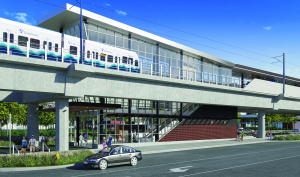
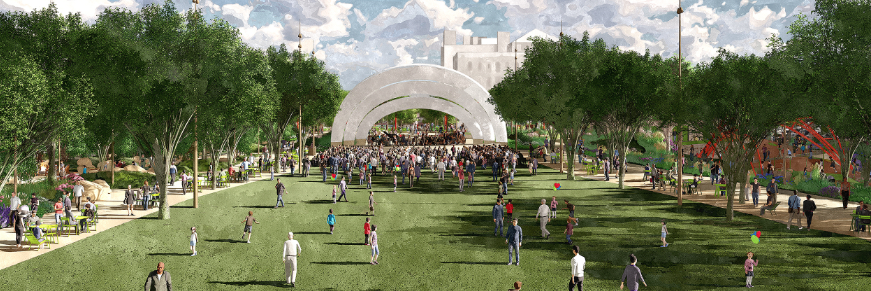 In celebration of April being
In celebration of April being 

 Ted Marcelo, Director of Learning Solutions
Ted Marcelo, Director of Learning Solutions Kailey Eldredge, Verification Director
Kailey Eldredge, Verification Director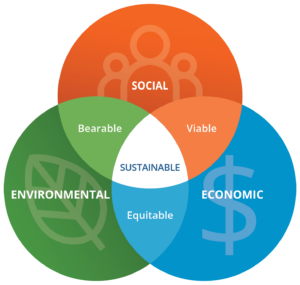 In the Architecture, Engineering, and Construction (AEC) industry, sustainability has shifted from a trendy buzzword to a fundamental necessity. As regulatory requirements become more stringent, reporting requirements escalate, environmental concerns intensify, and stakeholders demand higher levels of performance, the need for and compliance with sustainability and resiliency standards has become more critical. Similar to how LEED and BREEAM have been instrumental in guiding sustainable building practices, the
In the Architecture, Engineering, and Construction (AEC) industry, sustainability has shifted from a trendy buzzword to a fundamental necessity. As regulatory requirements become more stringent, reporting requirements escalate, environmental concerns intensify, and stakeholders demand higher levels of performance, the need for and compliance with sustainability and resiliency standards has become more critical. Similar to how LEED and BREEAM have been instrumental in guiding sustainable building practices, the 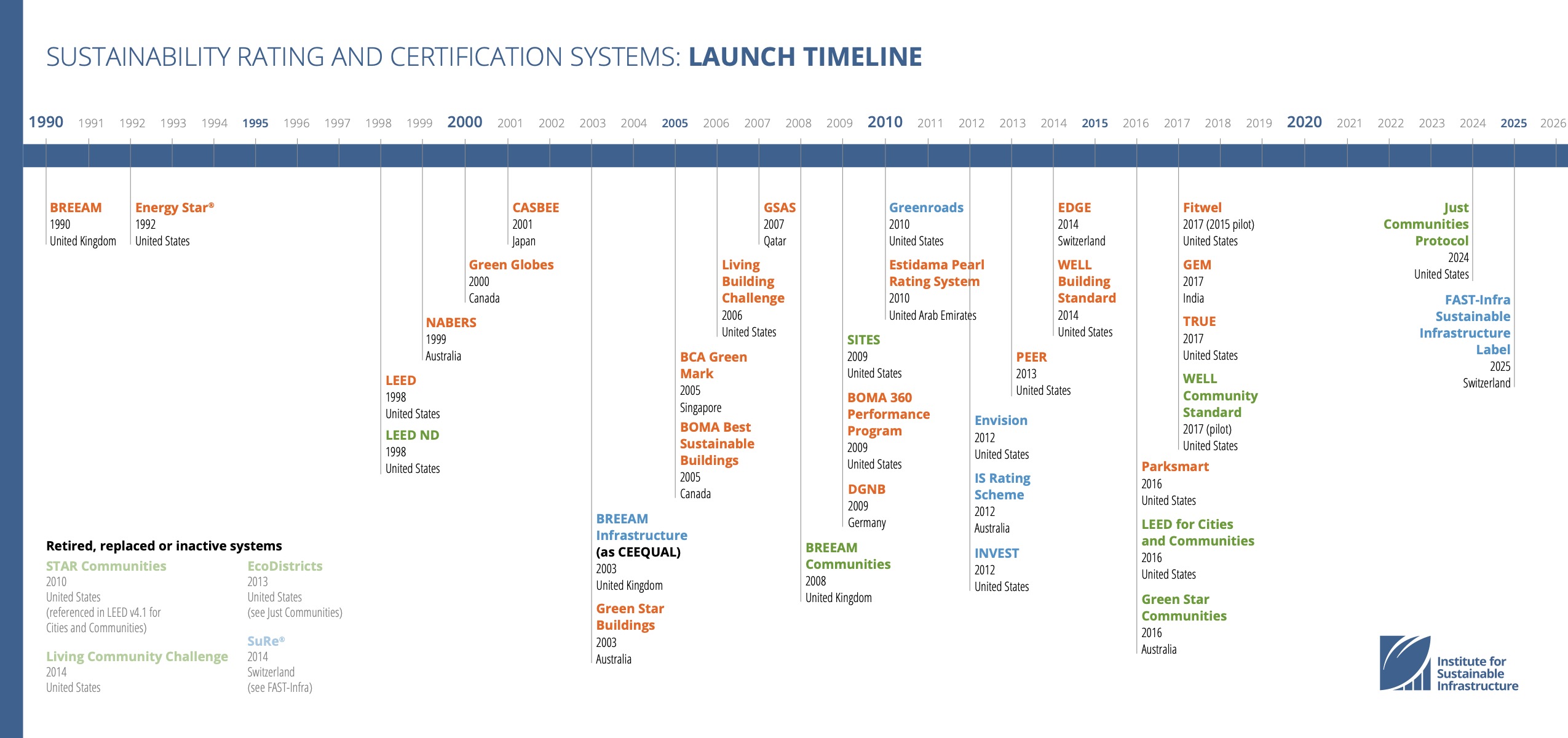
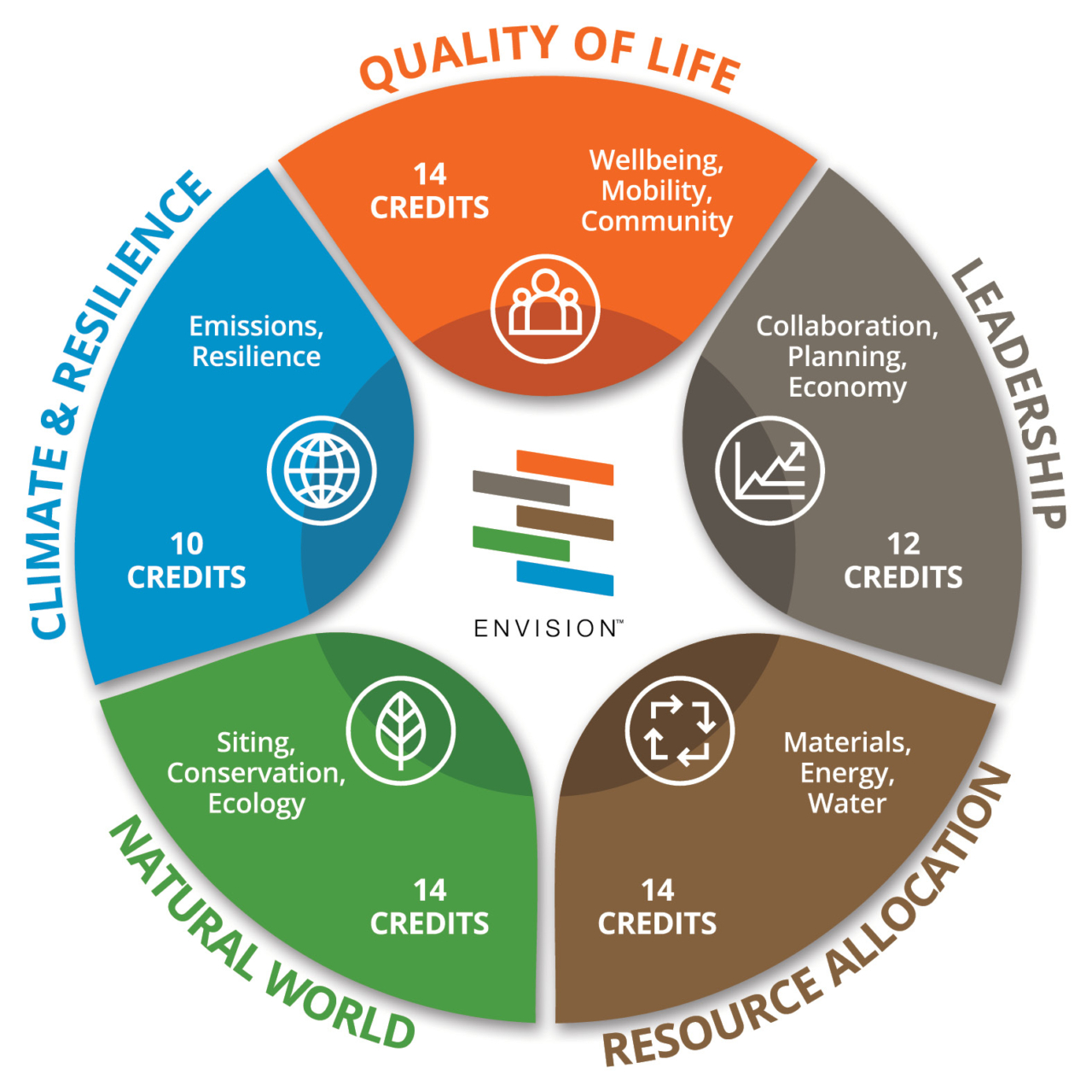

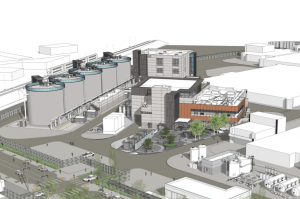
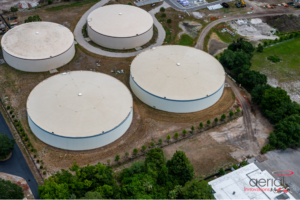
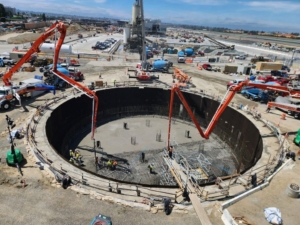
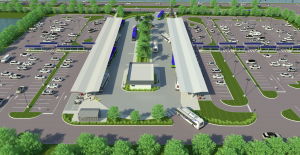
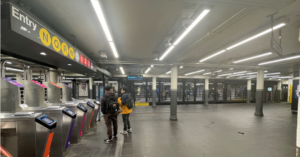
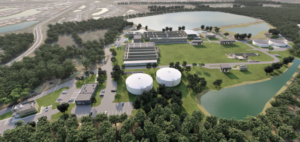


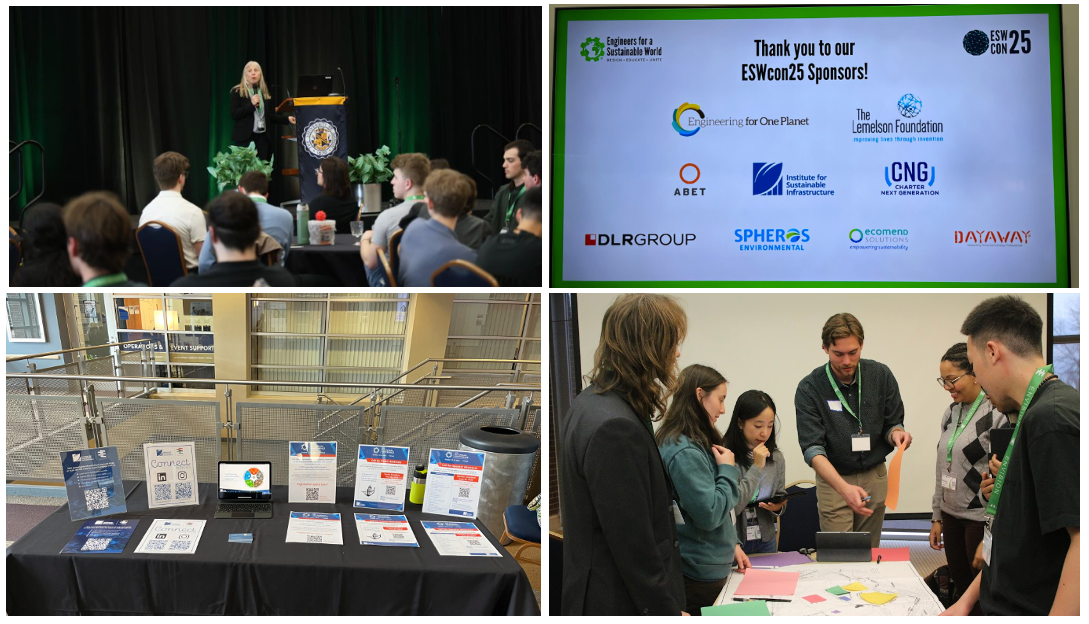
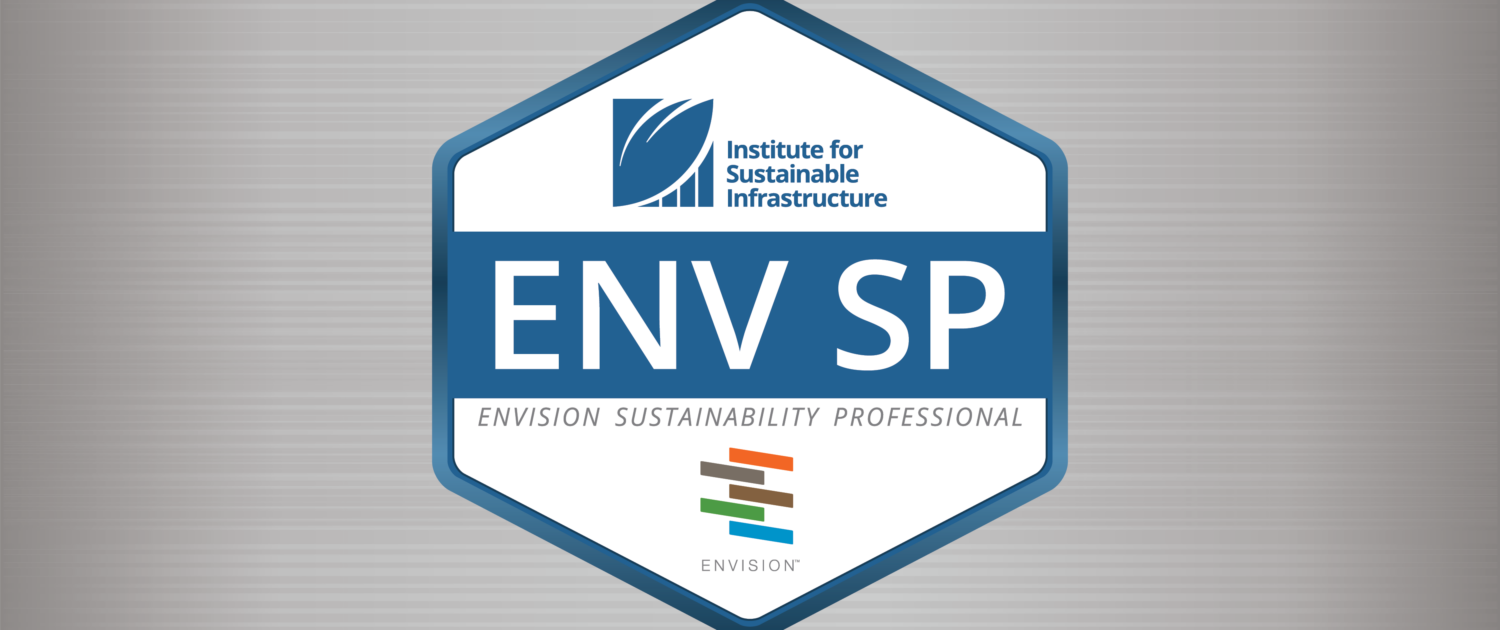
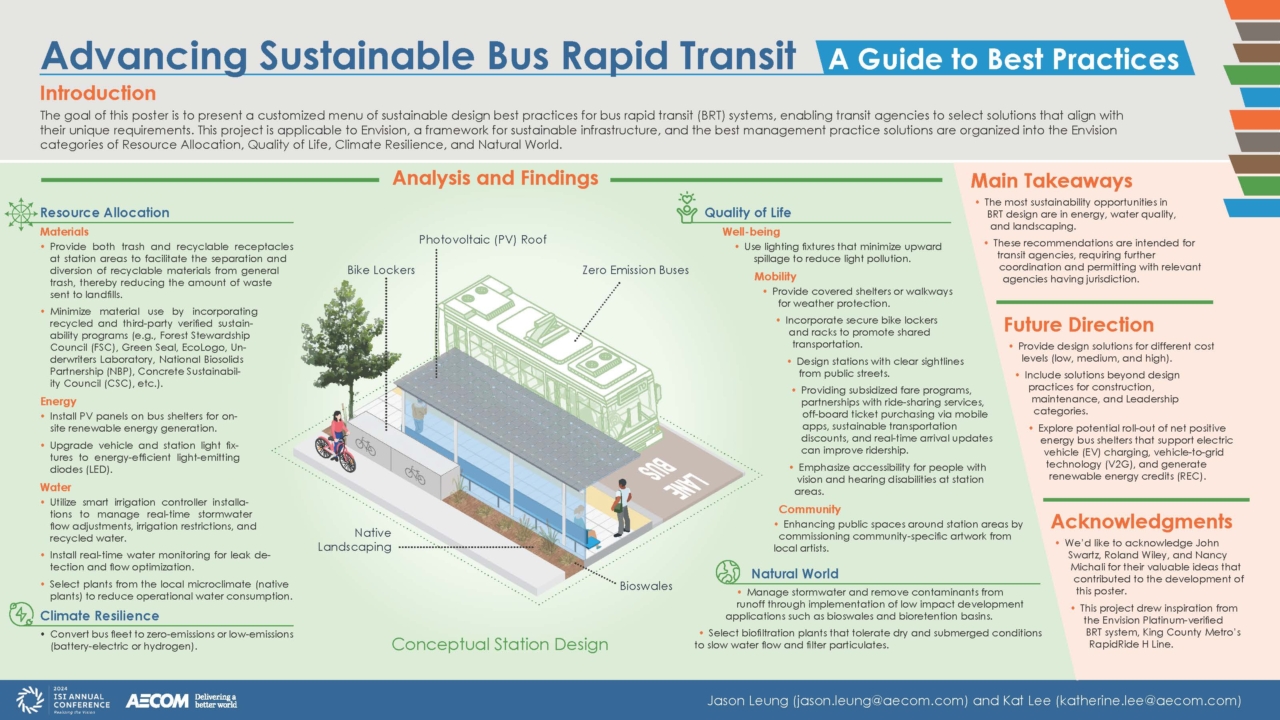

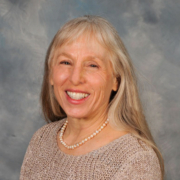
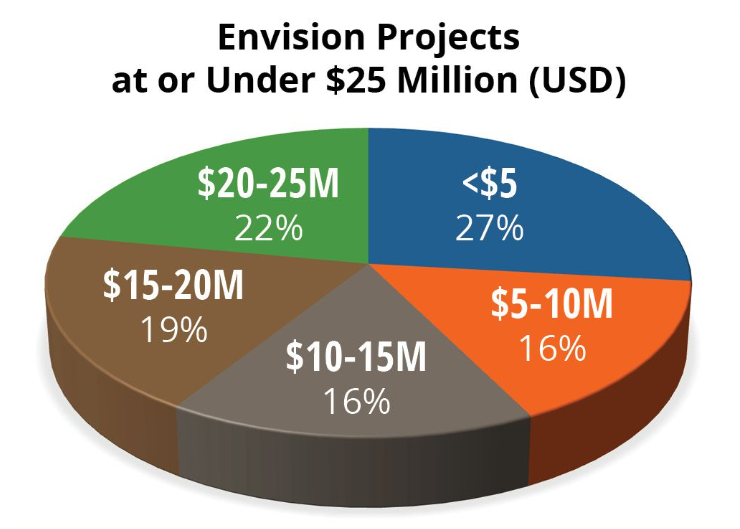 As ISI works to advance sustainable, equitable, and resilient infrastructure, we’ve run into various misconceptions about sustainability and the application of the Envision Sustainable Infrastructure Framework.
As ISI works to advance sustainable, equitable, and resilient infrastructure, we’ve run into various misconceptions about sustainability and the application of the Envision Sustainable Infrastructure Framework.